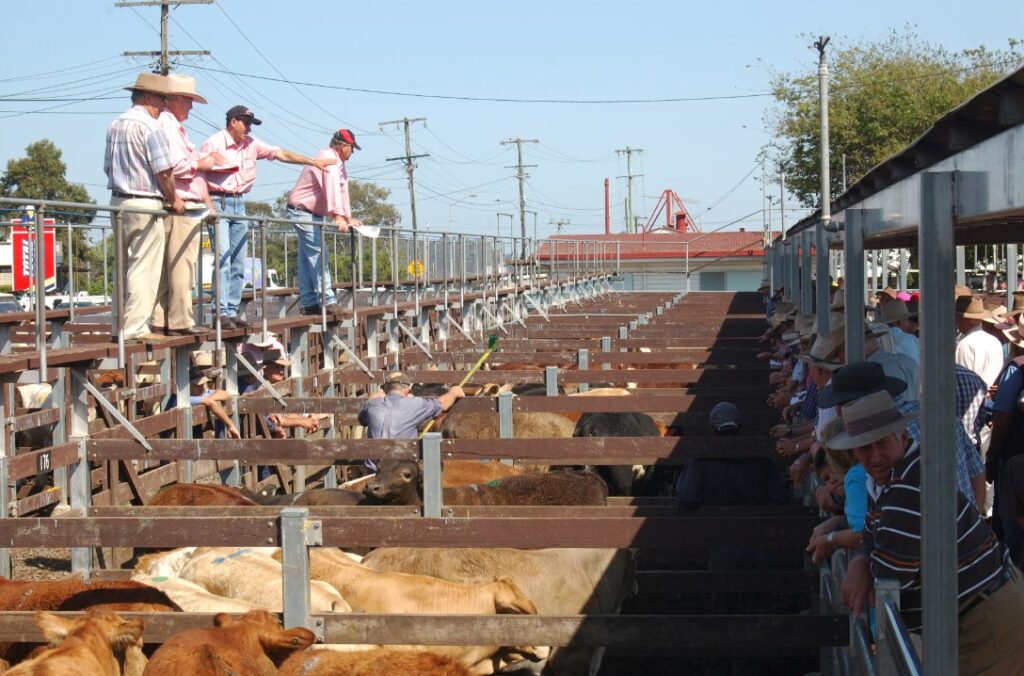
UPDATE: Australian livestock markets are experiencing unprecedented volatility, with prices for cattle and sheep swinging to record extremes, according to a new report from Rabobank released on October 22, 2025. The ongoing instability is alarming for producers who have seen prices fluctuate dramatically, affecting their livelihoods and operations.
The report titled “Managing Increased Volatility in Australian Livestock Markets” highlights that the scale and frequency of these price changes have intensified over the past five to ten years, with swings exceeding previous highs by approximately 20%. This volatility is expected to continue in the “short to medium term,” creating uncertainty for farmers across the nation.
Angus Gidley-Baird, senior animal proteins analyst at RaboResearch, states that while volatility is typical in livestock markets, the recent extremes are not mirrored in other local or global markets. This suggests that unique factors are at play in Australia. “The combination of rainfall variations and confidence levels are significant, but they do not fully explain the recent price swings,” Gidley-Baird commented.
The report identifies several contributing factors to this chaotic market environment. Australian livestock producers are increasingly exposed to larger geographical markets, as many small saleyards have closed, leading to larger regional saleyards and online sales channels becoming predominant. This shift means that market behaviors are influenced by broader market trends rather than localized conditions.
Additionally, the rapid flow of information has amplified market reactions. Producers are now responding to a wider array of signals, from adverse weather forecasts to global trade developments. “The speed and volume of information impact how producers react, resulting in significant market movements,” Gidley-Baird explained.
The geopolitical climate has further complicated matters, with a trend away from globalization destabilizing trade arrangements and influencing livestock pricing. Furthermore, the Australian livestock sector is becoming increasingly polarized, with larger operations dominating the market while smaller farms struggle to keep pace. This disparity can lead to different decision-making strategies, further contributing to market instability.
Gidley-Baird warns that rising debt levels among producers may lead to more drastic decisions in response to market pressures. “The streamlined supply chains, especially for cattle, are leading to direct sales to feedlots and processors, which reduces the quality and volume being sold through traditional saleyards,” he noted.
Despite the challenges, Rabobank emphasizes that volatility can present opportunities if managed properly. The report suggests that industry players must adopt a strategic approach to navigate the uncertainty. “A focus on adaptability and resilience is essential for producers to make informed decisions that avoid long-term negative consequences,” Gidley-Baird said.
As livestock prices continue to fluctuate, producers across Australia are urged to prepare for ongoing volatility. The implications of these market conditions extend beyond the farms, affecting the entire agricultural sector and the economy at large. As conditions develop, industry participants must remain vigilant and proactive in managing their operations amid these turbulent times.
Stay tuned for further updates on this developing story as more information becomes available.




